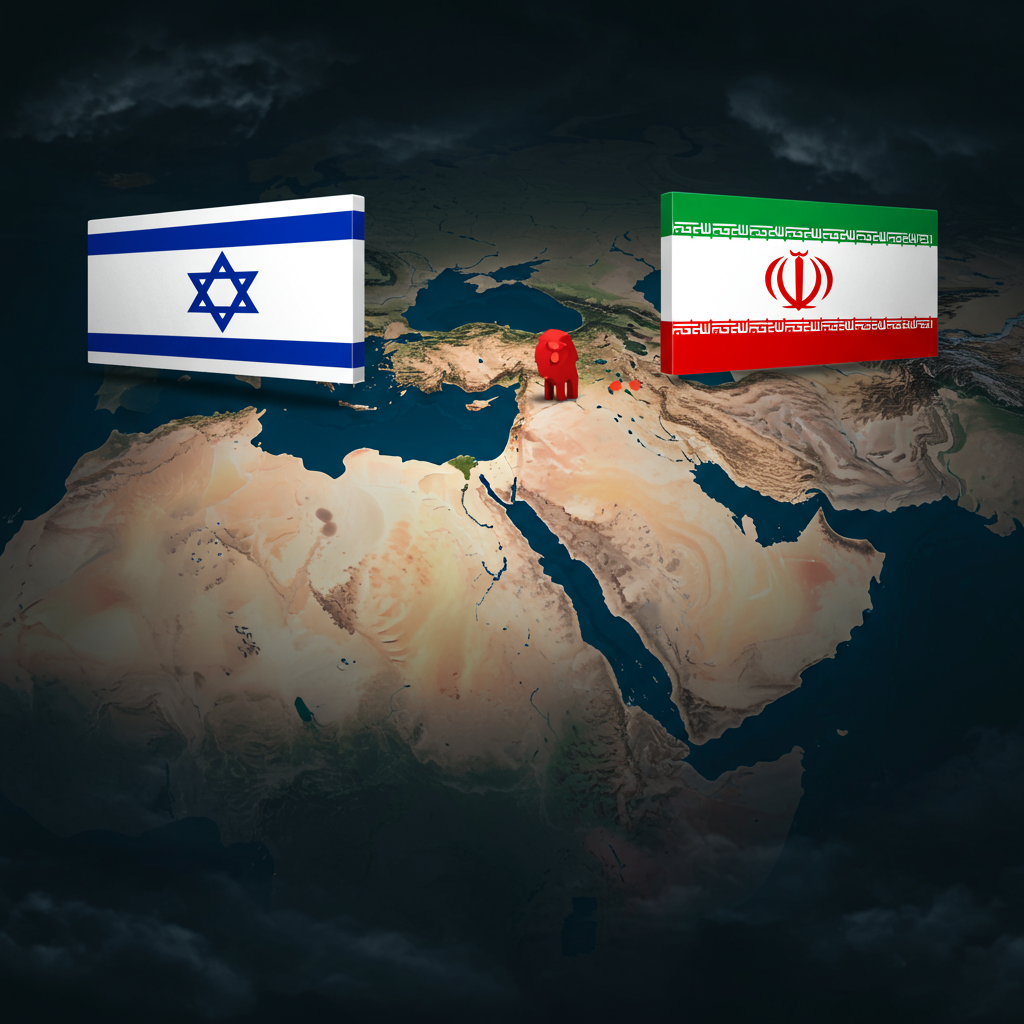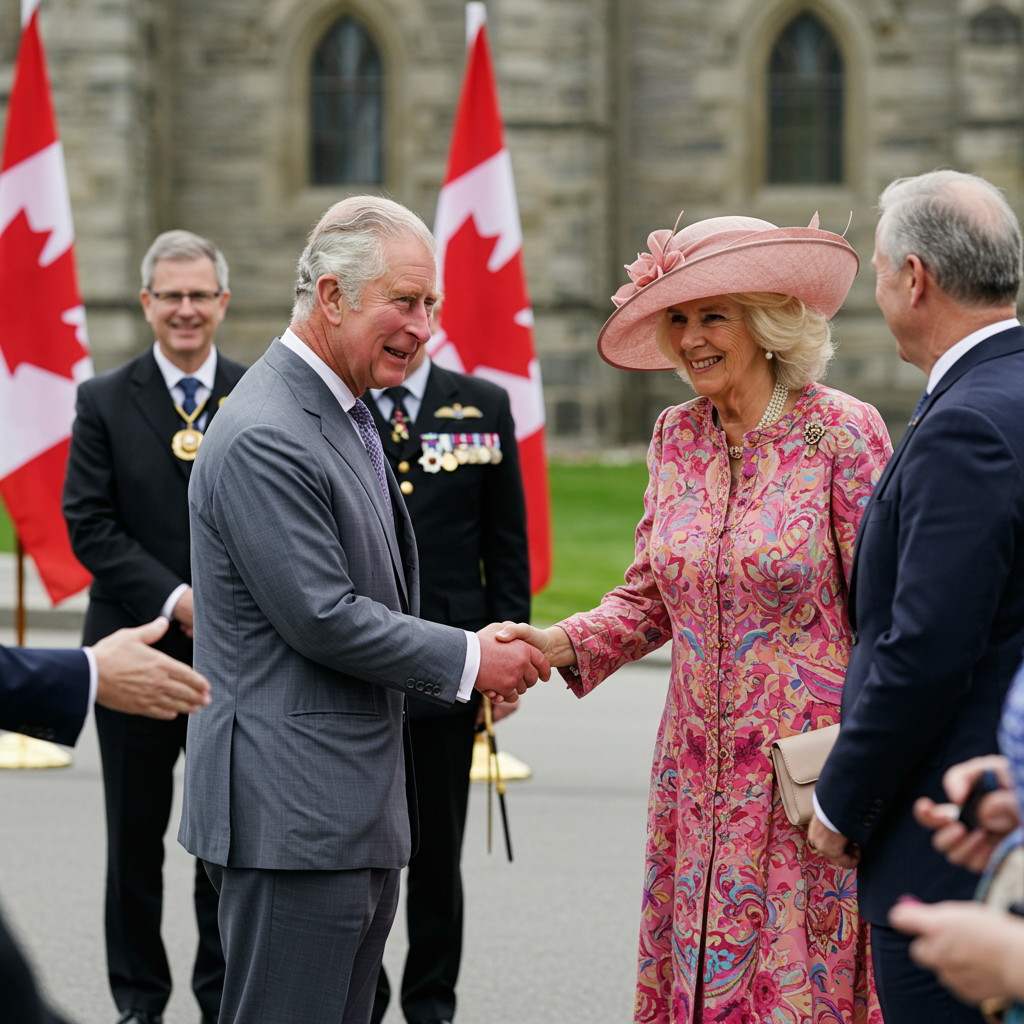The escalating conflict between Israel and Iran has entered its second tumultuous week, marked by intensified exchanges of strikes and a significant new development: direct military action by the United States against Iranian nuclear facilities.
President Donald Trump confirmed that U.S. forces conducted successful airstrikes targeting key Iranian nuclear sites, including Fordow, Natanz, and Isfahan. Trump declared a “full payload of bombs” was deployed on the primary Fordow site, asserting U.S. “complete and total control of the skies over Iran.” This marks a dramatic expansion of the hostilities that began on June 13, 2025.
Key Developments as Conflict Enters Second Week:
U.S. Military Intervention: President Trump authorized and confirmed U.S. strikes on Iran’s nuclear infrastructure. He also ordered the expedited deployment of additional U.S. assets, including the USS Nimitz aircraft carrier, to the region and stated the U.S. is considering further options.
Continued Israeli Operations: Israel has maintained a heavy bombing campaign, targeting military infrastructure, weapons facilities, missile launchers, and drone storage sites across Iran. Israeli officials claim significant success in degrading Iran’s capabilities, including disabling over 50% of its missile launchers, creating a “bottleneck.” Strikes on Iran’s nuclear complex in Isfahan continued, with the IAEA confirming “direct impacts on the underground enrichment halls” at the Natanz facility.
Iranian Commanders Killed: Israel claimed the killing of several senior Iranian commanders, including Maj. Gen. Ali Shadmani, Iran’s new wartime chief of staff, and his predecessor. Earlier, Israel Defense Forces (IDF) claimed responsibility for eliminating Quds Force commanders Saeed Izadi (accused of financing Hamas’s Oct. 7 attack) and Behnam Shahriyari, described as key figures in Iran’s strategy to bring the conflict onto Israeli territory.
Iranian Retaliation: Iran has launched waves of drones and missiles targeting Israel. While Israeli officials described recent barrages as relatively “small” and resulting in limited direct damage due to successful interceptions, two Iranian drones reportedly managed to breach Israeli defenses in a rare occurrence, raising concerns about potential tactical shifts. An Iranian ballistic missile struck a bus depot north of Tel Aviv. Iran’s new army chief warned residents of Tel Aviv and Haifa to leave.
- Mounting Casualties: The human toll continues to rise on both sides. Iranian state media and human rights groups report significant casualties in Iran, with figures ranging from over 400 to over 650 killed, including civilians, and thousands injured. In Israel, at least 24 people have been killed and hundreds injured by Iranian attacks. Aid workers with the Iranian Red Crescent Society have also been killed.
- www.cbsnews.com
- amu.tv
- san.com
- www.firstpost.com
- www.nbcnews.com
Nuclear Concerns and Diplomacy:
Israel’s targeting of nuclear facilities, coupled with reports of impacts on underground sites like Natanz, heightens international concerns about the safety and security of Iran’s nuclear program. While Iran maintains its program is for civilian purposes, Israel and the U.S. (including President Trump, despite differing intelligence assessments) view it as an existential threat. Neutralizing deeply buried sites like Fordow may require advanced capabilities, such as the U.S. Massive Ordnance Penetrator (MOP) delivered by B-2 bombers, assets recently moved closer to the region.
Diplomatic efforts to de-escalate tensions appear largely stalled. Iran’s Foreign Minister stated the country is “ready for negotiation” but will not halt its nuclear activities and has no interest in negotiating with the U.S. while Israeli attacks continue. Talks with European officials have yielded no major breakthroughs. Regional leaders in Turkey and Qatar have offered to mediate, while China has expressed concern and called for de-escalation.
The conflict is unfolding concurrently with Israel’s ongoing war in Gaza, adding complexity to the regional landscape. As the war deepens, international warnings about the potential for a broader regional conflict continue to grow. Israel has indicated it is preparing for a “prolonged campaign” until the perceived threat from Iran is removed. Cyberattacks have also been reported by both sides, impacting financial systems and internet connectivity in Iran.




